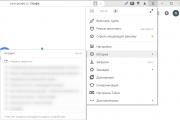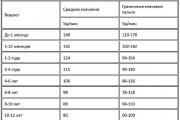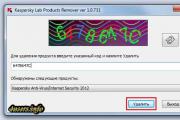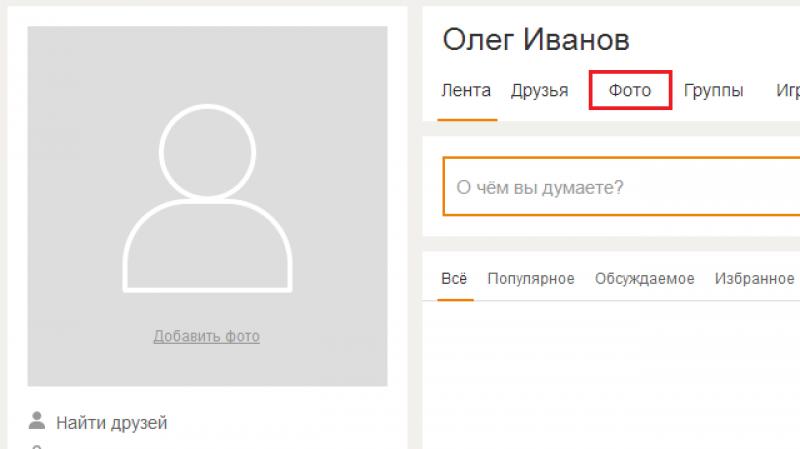How to clear the history of visiting sites so that it can not be restored! Deleting all browser cache
Good day!
Just because you feel like you're being watched doesn't mean you're paranoid...
I probably won’t reveal a secret to many, but when working on a PC, quite a few people follow us, for example, the Windows OS itself, browsers (which also record the history of visited pages), providers, search engines, etc.
And if the information from all these trackers is hidden from most people and it is difficult to get it, then finding out the history in the browser is a matter of half a minute!
This is probably why many users are often interested in how to delete the history of visiting sites from the browser for good, so that no one finds it. I will try to show in this article how this can be done.
Automatic
In order not to go into each browser and clear the history, it is much more convenient to use special. utilities - cleaners. I recommend CCleaner, System Care, Wise Care for these purposes (the first, in my opinion, is the most preferable - it is in it that I will show the whole process of work).
Addition!
On my blog, by the way, there is an article about the best programs for cleaning Windows from garbage - I think now providing a link to it will be very useful:
In addition, these specialized cleaner utilities have such a function as overwriting deleted files - i.e. the utility prevents other programs from recovering deleted files. Those. as a result, we clean history completely and permanently - so that it will be impossible to restore it later!
CCleaner
Official website of the program:
CCleaner is one of the best utilities for quickly and efficiently cleaning Windows from junk. The utility takes a very careful approach to its work - it removes only junk files that will not harm your system. In addition to its immediate task, the utility can defragment registry files (to improve performance), remove non-removable programs, control startup, and other functions.
Consider clearing browser history...
After starting the utility, click the "Analyze" button - it will allow you to assess the degree of "contamination" of Windows with various garbage information (temporary files, broken shortcuts, tails in the registry, browser cache, etc.) within a minute or two.

In my case, CCleaner found about 21,408 MB of garbage - which, you see, is not a little!
Note that the menu on the left shows which browsers will be cleared. If you do not want to clear the history in a particular browser, uncheck the boxes next to it.
To start cleaning - press the button of the same name below (see screenshot below).

We clean up 21 408 MB of garbage
So that history cannot be restored ...
If you want your history to be unable to be restored using special. programs (for example, such:), you need to do one more operation - wipe the free space with zeros.
The point here is...
Have you noticed that copying information to disk takes a long time, and deletion - 1-2 seconds. and there is no file. Why is that?
The fact is that when you delete a file, Windows simply starts to assume that it has nothing at this address on the disk, and at any time you can write new information there. BUT! The file itself, up to a certain point, does not disappear anywhere from the disk, and until this disk space is overwritten, it can be restored.
The operation of wiping free space - just walks through such areas on the disk, and fills them with "zeros" so that there is nothing to restore ...
Thus, to completely delete the history, after the program reports to you about the successful completion of the cleaning operation, go to the section "Service/Erase Discs" and select the following options:
- only free space (we have already deleted the history from the occupied one);
- simple overwriting (the easiest option - both quickly and quite reliably);
- local drive "C:\" (indicate the drive where your browser is installed).

The erase operation can take quite a long time - a 1 TB disk can take 1-2 hours. But, usually, the system disk with Windows is still made smaller, and therefore the operation is much faster. In any case, if you are worried about the story - an extra 10-20 minutes does not play a big role ...
ADDITION!
There is another important point. Some browsers have one very interesting feature enabled by default: history synchronization (for example, it is in Chrome). And if you are registered and authorized in the browser, then the whole history is not only accumulated on your hard drive, but also on Google servers (data is sent to the cloud from time to time).
Thus, by deleting all the history on the disk, and then opening the browser, you can see that the history has not disappeared anywhere, the entire visit log will be filled as before. Therefore, before cleaning, I recommend disabling history synchronization in the browser.
In Chrome, this is done quite simply, you need:
- or open "Settings/sync" and turn off synchronization;
- or open the page chrome://settings/syncSetup , and similarly move the slider to off.

Disable History Sync in Chrome (Settings/Sync)
After this option is disabled - the history will not be restored after it is deleted from the disk. You can rest easy...
Important!
Although we have completely deleted the history, there are still some ways that help to partially find out which web resources you have visited. I talked about how this can be done in one of my articles, I give a link to it below (I recommend that you read it).
How to view the history of visiting sites, even if it is deleted -
Manual
With this method, do not forget that information will remain on the disk that can be restored using special. programs (because without third-party utilities it is impossible to "score" free space on the HDD with zeros).
Perhaps the only plus of this method: no need to download and install additional programs...
Chrome
In the Chrome browser, there are three ways to enter the history of visiting sites:

To clear the history, simply click the link of the same name in the menu on the left. See screenshot below.

To open the quick clear history window in Chrome, there is a special keyboard shortcut - Ctrl+Shift+Del. The window that opens after this click is shown below.

If you don't want Chrome to remember the history - turn on incognito mode (key combination Ctrl+Shift+N ) - or select this option in the settings. The browser will open a new window - which will be tracked...

Also, do not forget that in order to completely clean up all traces, you need to wipe the free space with the help of a special tool. utilities. I talked about this in the first part of the article!
Opera
- To quickly clear history - click Ctrl+Shift+Del. The combination is the same as in Chrome.
- To open history: press Ctrl+H, or open the menu "O --> history" (note: "O" - red circle in the upper left corner). See screenshot below.

Firefox

Microsoft Edge

Addition!
History of visits in the browser on Android: how to view and clear it (in Chrome, Yandex browser, Opera) -
That, in fact, is all. Additions are welcome.














